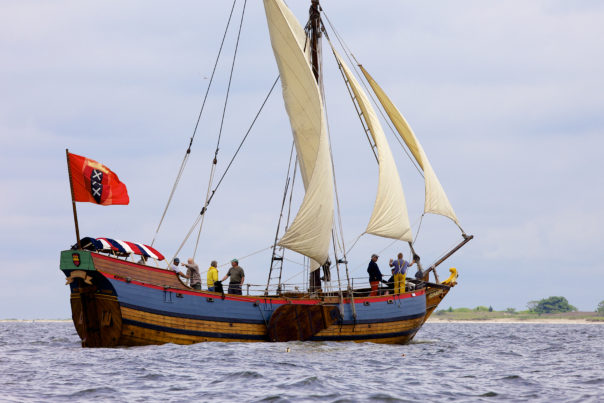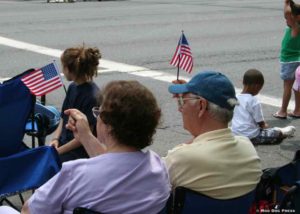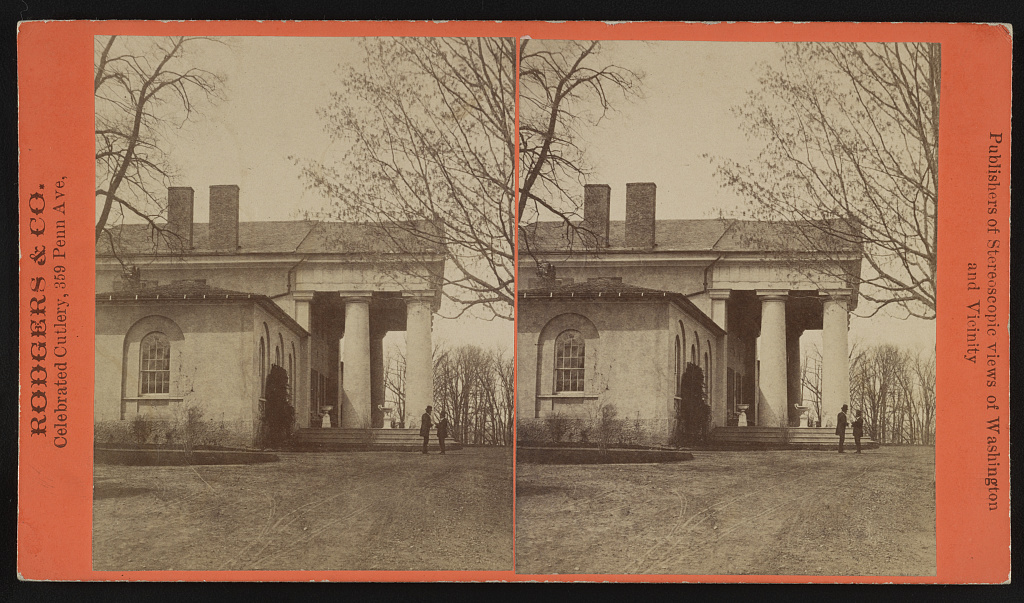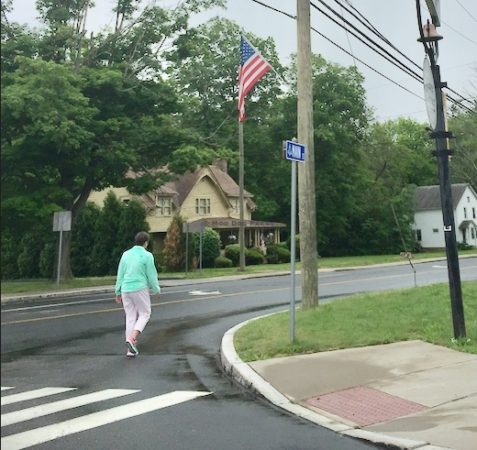Interconnected CT River Valley World: Walk, Tour, Cruise, Remember
“What you leave behind is not what is engraved in stone monuments, but what is woven into the lives of others.” – Pericles
Memorial Day weekend through mid-October, The Connecticut River Museum in Essex hosts the Onrust, a re-creation of the vessel Adriaen Block built in 1614. The Onrust, which is Dutch for “unrest” or “restless”, was a Dutch ship built by captain and explorer Adriaen Block and his crew to replace the Tyger, which was destroyed by fire during the winter of 1613 in New York Bay. Onrust‘s construction took place near Manhattan during the winter of 1614. The ship was America’s first yacht.
Block's voyage was used as the basis for the Dutch claim to the territory of New Netherland, an area that included parts of what are now the states of New York, Connecticut, Delaware, New Jersey, and Pennsylvania and to pursue developing trade partnerships with Native Americans. In 1614, Block became the first known European to travel up the Connecticut River to just north of Hartford (a distance of approximately 60 miles from Long Island Sound). Block was immortalized as namesake of the small island in Long Island Sound that is perennially popular with modern visitors to these waters.
The re-created Onrust was launched in 2009 by The Onrust Project, an all-volunteer non-profit out of New York, which built the vessel after painstakingly researching traditional Dutch shipbuilding techniques. To host this vessel in Connecticut, museum and the project partnered up for a floating exhibit at the museum docks (through early October) available for dockside tours, school and Scout programs, public cruises and private charters. For more information or tickets visit www.ctrivermuseum.org; call (860) 767-8269.

The Onrust is an authentic replica of a ship that Dutch explorer Adriaen Block sailed up a then-unknown tidal river, today known as the Connecticut River. And the public can cruise the river onboard the Onrust this summer into early October. Photo courtesy CRM.
RiverFare 2019, presented by Tower Laboratories and Ivoryton Playhouse, is a “culinary celebration of the Connecticut River Valley, featuring savory bites, fine spirits and silent auction” on Thursday, June 6. The setting is the lawn right beside Essex Harbor and the river. Proceeds help support the Connecticut River Museum’s mission to “increase public awareness and access to the heritage, culture, and natural beauty of New England’s Great River.” Ticket, $60.
Walk, hike, ride, paddle. More than 250 events for Connecticut Trails Day 2019, part of American Hiking Society National Trails Day, Saturday, June 1 and Sunday, June 2. Dogs are allowed on some excursions; check listings. Pick up a free booklet at your local library, town hall, outdoor recreation center (while supplies last) or view all events online linked here. Remember, trails are open year round. For those who prefer solitude, the booklet provides details about access and points of interest to explore weekdays and all seasons.

On the Coginchaug River, which flows northward through Middletown. A water trail with dappled light.
Commitment, community. (From Merriam-Webster: “First known use of community, 14th century, in the meaning defined at sense 1: a unified body of individuals…”) Communication. In a country that is far from perfect, but is also a work in progress, where is the line of decency and service to all — not some — to be free and to stand side by side? To understand the present, study patterns of behavior, how people act or react. Context sweeps away time for a voyage to understand how, when, why, who.
Across the ocean from the U.S., to see how all is interconnected, You are free because D-Day took place; thousands of lives as a team went forward against evil: “During World War II (1939-1945), the Battle of Normandy, which lasted from June 1944 to August 1944, resulted in the Allied liberation of Western Europe from Nazi Germany’s control. Codenamed Operation Overlord, the battle began on June 6, 1944, also known as D-Day, when some 156,000 American, British and Canadian forces landed on five beaches along a 50-mile stretch of the heavily fortified coast of France’s Normandy region.” — History.com
“From 2 to 9 June 2019 the Daks over Normandy – 75th D-Day commemoration 1944 – 2019 event will take place in two locations. From 2 to 9 June at IWM Duxford Airfield, close to Cambridge and from 5 to 9 June at Caen Carpiquet Airport in France. Both these locations have been carefully chosen by the event organizers for their location, logistics and their wartime heritage.

From the galleries for the 75th D-Day commemoration that includes biographies, accomplishments, interviews, archival images, videos and more — visit Daks Over Normandy site, linked to this image
“Daks over Normandy is a once in a lifetime and unequalled event. For never since World War II have so many Douglas DC-3/C-47’s again been assembled in one location. During the Daks over Normandy event in both the UK and France, the aircraft will be on display and will be demonstrated in flight. Scenic flights and parachute jumps will be organised. And just like on 5 June 1944, on the 5th of June 2019 all these aircraft will fly in formation across the English Channel for an airborne parachute drop over the original 1944 drop zones.”
(By the way, more information about “Daks” — short for Dakota — and other aircraft nicknames linked here, a concise history.)

Memorial Day is to remember those who gave the ultimate sacrifice – all their tomorrows so those alive today could have freedom. The roots of the day stem back to the ending of the U.S. Civil War – May 30, 1868. Decoration Day, as it was known then, was called into being to honor soldiers who fought to preserve the Union in the American Civil War. More than 625,000 died.
By the way, in the South, the day of remembrance was not recognized for some time; the Confederates were honored with flowers and flags on different dates depending on each state. (Having moved around much due to military service, the feeling perceived in the deep South, war between the states feels as if it happened recently. In the North, a long, long time ago. In the Southwest, an event in textbooks. Midwest, remembered and time moves differently.)
Maj. Gen. John A. Logan declared that Decoration Day should be observed on May 30. It is believed that date was chosen because flowers would be in bloom all over the country.

Bluets – some call them May flowers – one variety of naturalized wildflowers seen at Indian Hill Cemetery.
After World War I, the day of remembrance was expanded to honor all who fought in wars. From the U.S. Department of Veterans Services:
“Three years after the Civil War ended, on May 5, 1868, the head of an organization of Union veterans — the Grand Army of the Republic (GAR) — established Decoration Day as a time for the nation to decorate the graves of the war dead with flowers.
“Commitment is what transforms a promise into reality. It is the words that speak boldly of your intentions. And the actions which speak louder than the words. It is making the time when there is none. Coming through time after time after time, year after year after year. Commitment is the stuff character is made of; the power to change the face of things. It is the daily triumph of integrity over skepticism.” – Lincoln
“The first large observance was held that year at Arlington National Cemetery, across the Potomac River from Washington, D.C.

Arlington House from the south. Library of Congress Prints and Photographs Division. Digital image linked to archives; the reverse side features a listing of sites. Read on for the link across time between what was the home of the Lee family – and beginnings of Arlington National Cemetery. For a virtual tour to understand context in time, here is the link to the official NPS site.
“The ceremonies centered around the mourning-draped veranda of the Arlington mansion, once the home of Gen. Robert E. Lee. Various Washington officials, including Gen. and Mrs. Ulysses S. Grant, presided over the ceremonies. After speeches, children from the Soldiers’ and Sailors’ Orphan Home and members of the GAR made their way through the cemetery, strewing flowers on both Union and Confederate graves, reciting prayers and singing hymns. Local springtime tributes to the Civil War dead already had been held in various places. One of the first occurred in Columbus, Miss., April 25, 1866, when a group of women visited a cemetery to decorate the graves of Confederate soldiers who had fallen in battle at Shiloh. Nearby were the graves of Union soldiers, neglected because they were the enemy. Disturbed at the sight of the bare graves, the women placed some of their flowers on those graves, as well.
“Today, cities in the North and the South claim to be the birthplace of Memorial Day in 1866. Both Macon and Columbus, Ga., claim the title, as well as Richmond, Va. The village of Boalsburg, Pa., claims it began there two years earlier. A stone in a Carbondale, Ill., cemetery carries the statement that the first Decoration Day ceremony took place there on April 29, 1866. Carbondale was the wartime home of Gen. Logan. Approximately 25 places have been named in connection with the origin of Memorial Day, many of them in the South where most of the war dead were buried.
“In 1966, Congress and President Lyndon Johnson declared Waterloo, N.Y., the “birthplace” of Memorial Day. There, a ceremony on May 5, 1866, honored local veterans who had fought in the Civil War. Businesses closed and residents flew flags at half-staff. Supporters of Waterloo’s claim say earlier observances in other places were either informal, not community-wide or one-time events. By the end of the 19th century, Memorial Day ceremonies were being held on May 30 throughout the nation. State legislatures passed proclamations designating the day, and the Army and Navy adopted regulations for proper observance at their facilities.
“It was not until after World War I, however, that the day was expanded to honor those who have died in all American wars. In 1971, Memorial Day was declared a national holiday by an act of Congress, though it is still often called Decoration Day. It was then also placed on the last Monday in May, as were some other federal holidays.
“The origins of special services to honor those who die in war can be found in antiquity. The Athenian leader Pericles offered a tribute to the fallen heroes of the Peloponnesian War over 24 centuries ago that could be applied today to the 1.1 million Americans who have died in the nation’s wars: “Not only are they commemorated by columns and inscriptions, but there dwells also an unwritten memorial of them, graven not on stone but in the hearts of men.”
“Then, together, they passed through the camp gate and marched up the road, toward wives and sweethearts and children and Mom and Dad and home.” – Laura Hillenbrand, Unbroken: A World War II Story of Survival, Resilience and Redemption


